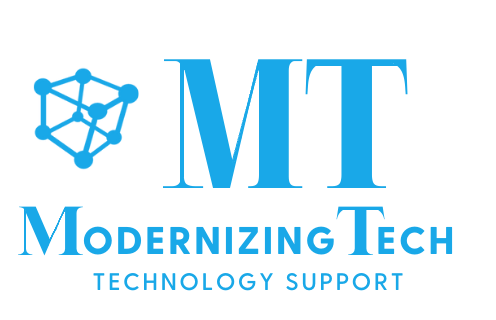Scientists have achieved a new milestone by measuring and controlling quantum uncertainty in real time. In a recent study published in Nature’s Light: Science & Applications, they used ultrafast light pulses lasting just attoseconds to demonstrate that quantum uncertainty, a fundamental limit described by Heisenberg’s principle, is not fixed but can be actively manipulated.
The key to this breakthrough is a technique called light field synthesis, which creates extremely short and precise quantum light waveforms. By using special optical processes in silica (a common glass material), researchers generated states of light where certain properties, like the strength of the light’s amplitude and phase, fluctuate in a controlled way. They split these light pulses into separate beams and tracked how these fluctuations changed over time with astonishing accuracy on the order of attoseconds.
This work doesn’t change the laws of physics but shows that quantum uncertainty can be reshaped and directed. The team demonstrated they can switch the fluctuations between different properties, such as amplitude and phase, in a controlled manner, opening new opportunities for precise measurements, fast data processing, and secure communication technologies.
One practical example they showcased is a secure communication method operating at petahertz speeds (one quadrillion bits per second) where information is embedded directly into the quantum noise of light. Any attempt to eavesdrop would disturb these delicate quantum states, making unauthorized interception detectable.
Overall, this research shows that quantum uncertainty is not just a limit but a resource that can be controlled and used. Studying and manipulating these quantum states at attosecond timescales offers new ways to explore fundamental physics and develop advanced technologies like ultra-fast quantum computers and secure communication networks.
To dive deeper into this development, see the full study published on Nature.


Leave a Reply